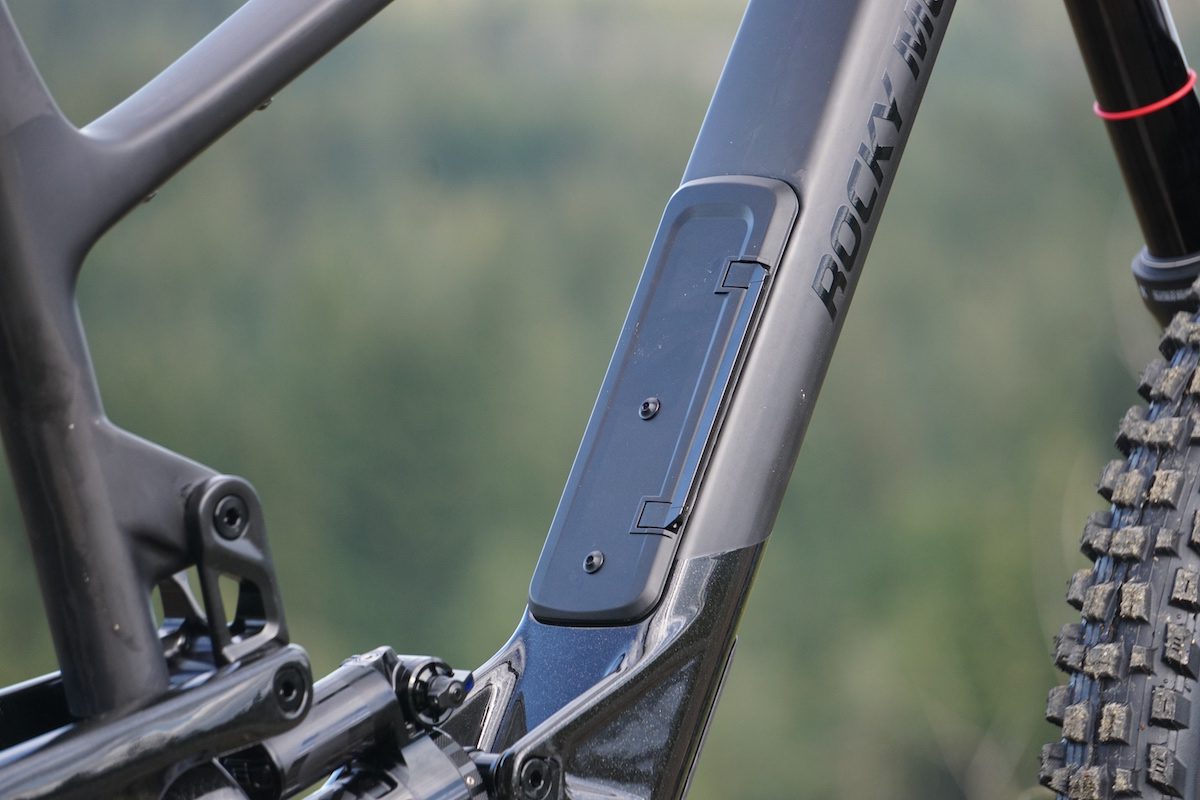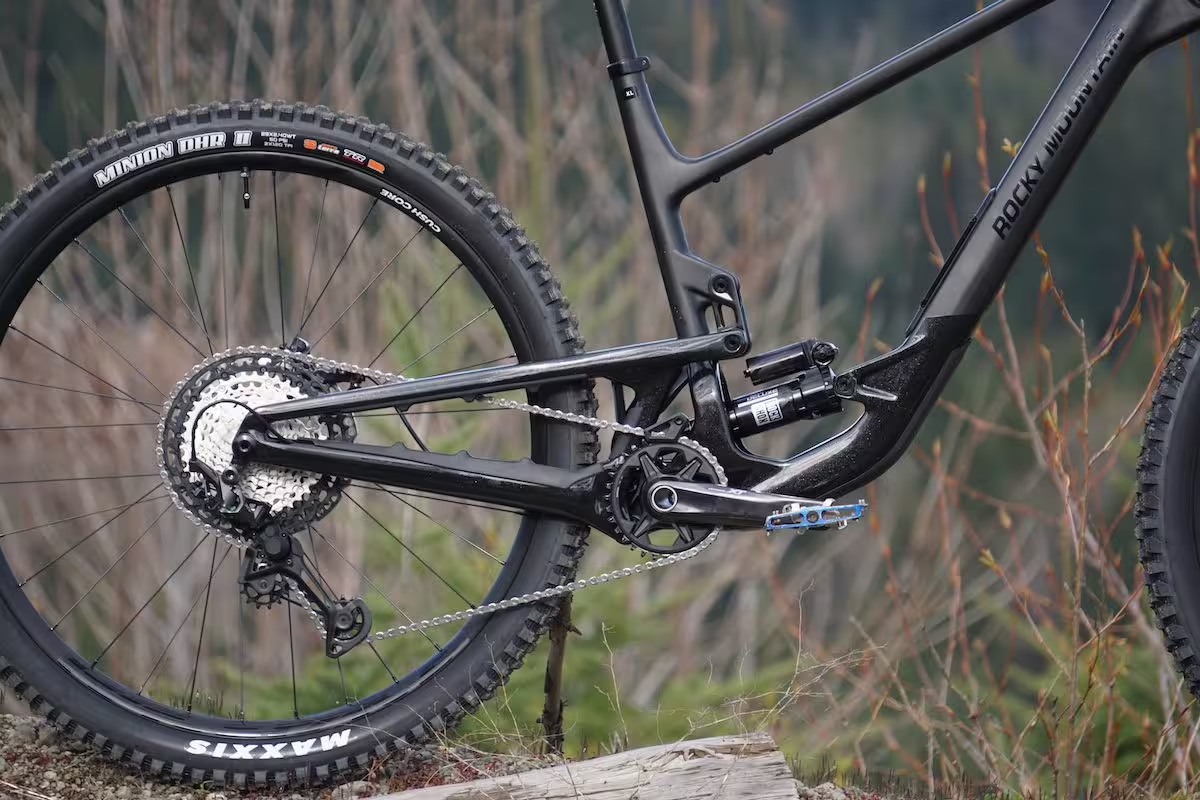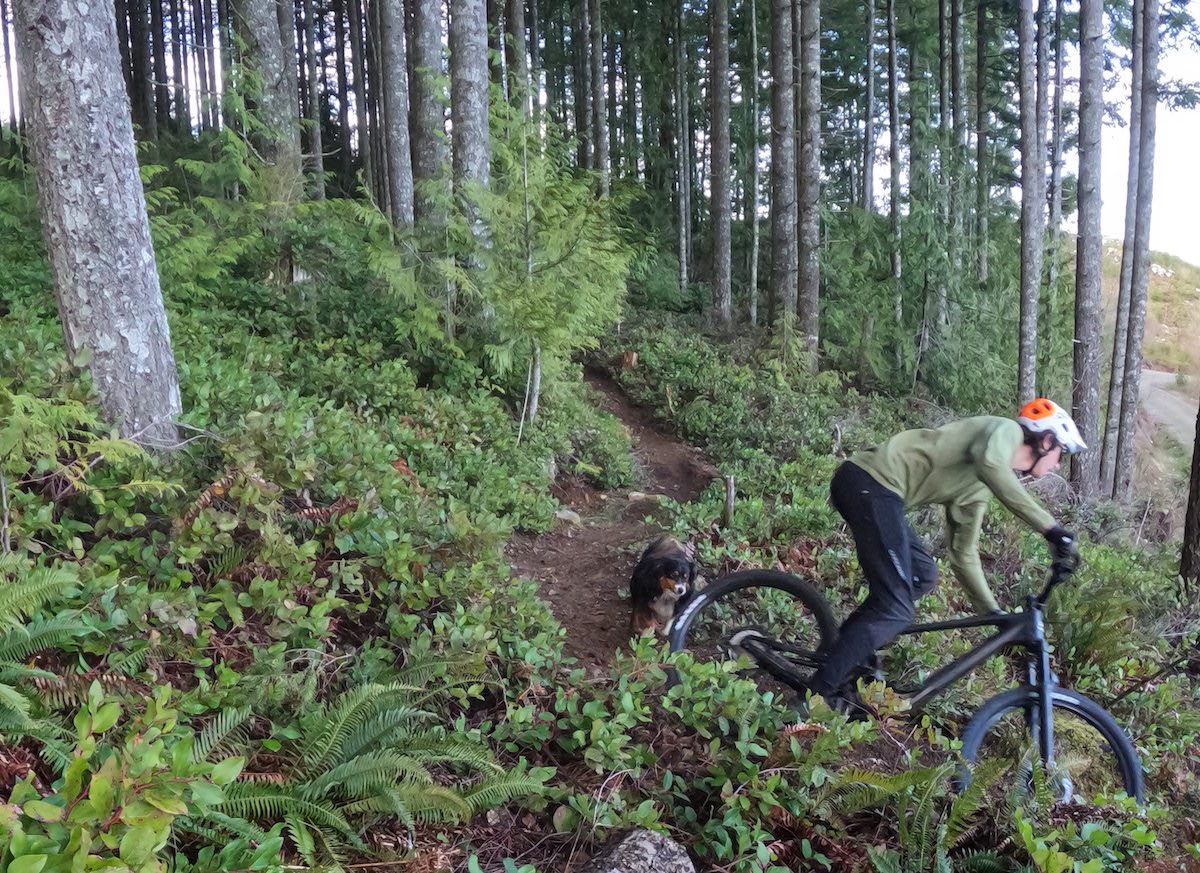When Rocky Mountain released its completely overhauled Altitude earlier this year, it reflected a much clearer sense of purpose than the outgoing model. While the older generation was fast (and successful), it had a the appearance of a trail bike adapted to be a longer-travel, slacker bike. In the best way possible, the new Altitude looks, and rides, like nothing else in Rocky Mountain’s current line-up.
Read on to find out what makes the Altitude stand out and how it performs across all the possible new settings.
New Altitude, revived suspension design
To say the Altitude looks nothing like anything in Rocky Mountain’s current lineup leans heavily on the word “current.” The Altitude is built around the brands Low Centre Counter Rotating LC2R suspension platform. It’s Rocky’s version of a virtual pivot point suspension design that, as its name would suggest, positions most of the suspension platform around the bottom bracket area. It uses, again, as the name suggests, counter rotating links to tune the suspension to Rocky’s needs. That delivers 160-mm of rear wheel travel which is paired with a 170mm fork. The bike rolls on 29″ wheels stock (except size small, it’s 27.5″) but has the option to run mixed wheels (again, except the size small).

A revamped and revived suspension platform isn’t the only thing Rocky uses to elevate the Altitude, though. The carbon fibre models come with the Penalty Box 2.0 in-frame storage compartment. With two storage bags included, the generous compartment has enough room to fit most of the Maple Leafs and Canadiens in one Penalty Box while still keeping them separated. Or tools, a tube and snacks, your choice.
On top of Rocky’s long-running, recently simplified Ride-4 geometry flip-chip, the Altitude also gets a new reach adjust headset. There are three positions (neutral, +/- 5mm) to choose from. Another flip chip in the rear suspension linkage also allows riders to switch to a MX (29″ front, 27.5″ rear) set-up.
On the trail
On the trail, the Altitude is really well-balanced. The LC2R suspension does a great job of keeping the bike floating in the sweet spot of its travel. That makes this bike really easy to get comfortable on and, then, to get comfortable pushing your limits on. From the first ride, I was happily hitting lines that still cause me some hesitation on lesser bikes. But the Altitude does this, again, through balance instead of muting the…
Click Here to Read the Full Original Article at Canadian Cycling Magazine…


